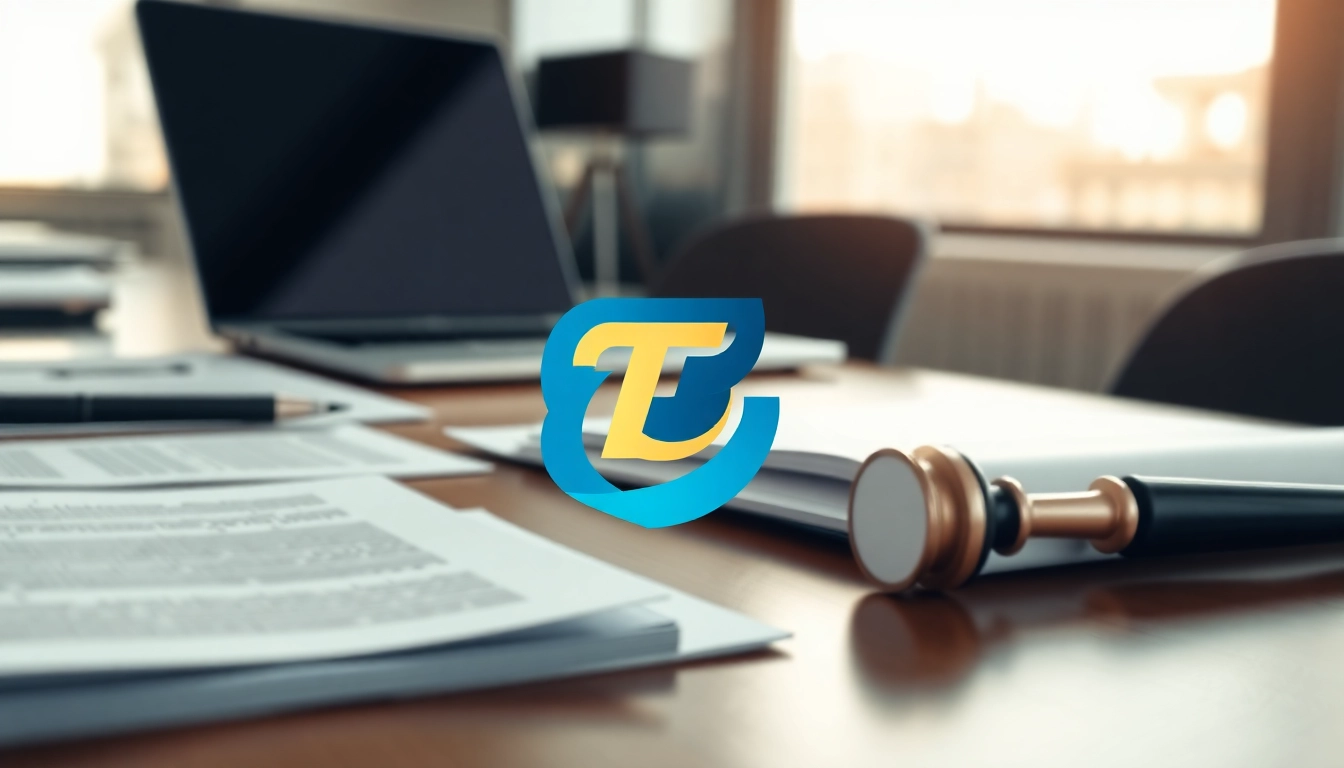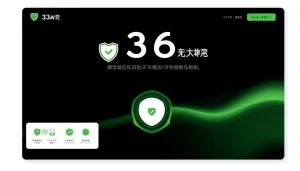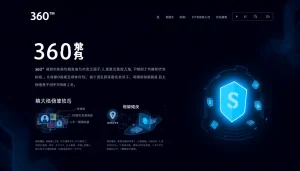Mastering Competitive Intelligence: Strategies for Business Growth and Market Insight
Understanding Competitive Intelligence: Definition and Importance
What is Competitive Intelligence?
Competitive intelligence (CI) is a systematic process that involves the gathering, monitoring, analyzing, and dissemination of external information crucial to an organization’s strategic decision-making. This encompasses various dimensions such as insights about competitors, customers, market trends, and product developments. The goal of CI is to equip businesses with actionable intelligence that informs critical decisions in an increasingly competitive landscape.
As businesses strive for a competitive edge, competitive intelligence emerges as a vital practice that allows organizations to adapt, innovate, and thrive amid fluctuating market dynamics.
The Role of Competitive Intelligence in Strategic Planning
Strategic planning is heavily reliant on accurate and comprehensive information. CI plays a pivotal role by providing insights that drive informed decision-making. Organizations utilize CI data to assess market opportunities, understand competitive threats, and align their strategies with consumer needs.
For instance, a technology company may analyze competitors’ product launches and corresponding market reactions to adjust its development and marketing strategies accordingly. By factoring in these insights into their strategic planning, companies can improve their market positioning and long-term profitability.
Benefits for Businesses and Organizations
The advantages of implementing a robust CI program are manifold:
- Improved Market Understanding: CI provides companies with a rich landscape of market dynamics and competitor activities, fostering deeper insights into consumer behavior and needs.
- Informed Decision-Making: By leveraging CI, businesses are equipped to make more strategic, data-driven decisions that lead to positive outcomes.
- Risk Mitigation: Understanding the strategic moves of competitors can help organizations counteract potential threats before they materialize.
- Innovation Stimulation: CI can spark creative ideas for new products or features by revealing gaps in the market that competitors have not yet addressed.
Types of Competitive Intelligence: A Comprehensive Overview
Market and Industry Intelligence
Market intelligence focuses on understanding the overall environment in which a business operates. This includes tracking trends, market size, and competitive landscape analysis. Industry intelligence can further provide context on broader economic factors, regulatory changes, and technological advancements that impact the business.
For example, a retail organization may utilize market intelligence to gather data on consumer preferences, emerging product categories, and purchasing behaviors. This information can guide inventory management and marketing strategies to align with current trends.
Competitor Analysis Techniques
Competitor analysis is a systematic process of identifying and evaluating the strengths and weaknesses of competitors within the same industry. Various techniques include:
- SWOT Analysis: A comprehensive evaluation of competitors’ strengths, weaknesses, opportunities, and threats can provide valuable insights.
- Porter’s Five Forces: This framework helps analyze industry competition, market attractiveness, and factors such as supplier power and threat of new entrants.
- Benchmarking: Comparing key performance indicators against those of competitors can reveal areas for improvement.
Customer Insight and Feedback Analysis
Understanding customer preferences and sentiments is essential for any business aiming to excel. CI includes gathering customer feedback through surveys, social media monitoring, and analysis of reviews to assess customer satisfaction and expectations.
Analyzing this data allows companies to tailor their offerings and enhance customer experience, leading to increased loyalty and retention rates.
Best Practices for Implementing Competitive Intelligence
Gathering Actionable Data
The effectiveness of CI is largely contingent upon the quality of data collected. Some best practices for gathering actionable data include:
- Define Objectives: Clearly established objectives help focus data collection efforts on what is genuinely needed for decision-making.
- Utilize Multiple Sources: Information should be gathered from diverse sources, including industry reports, competitor websites, and social media, to provide a holistic view.
- Prioritize Relevance: Ensure that data directly aligns with the business’s strategic goals and provides insights that truly matter.
Tools and Technologies for Competitive Intelligence
Employing the right tools can streamline the CI process and enhance analysis capabilities. A plethora of CI tools are available, including:
- Web Scrapers: Tools like Beautiful Soup or Scrapy can automate data collection from websites.
- Social Media Monitoring Tools: Platforms like Hootsuite or Brandwatch allow for real-time tracking of brand mentions and sentiment analysis.
- Market Research Tools: Tools like Statista and Nielsen provide extensive industry data and consumer insights.
Creating a CI Strategy that Works
A well-structured CI strategy incorporates defined goals, processes for gathering and analyzing data, and an execution plan to implement insights. Steps include:
- Establish Your CI Objectives: Determine what insights will provide the most value, such as understanding customer preferences, monitoring competitor actions, or forecasting market trends.
- Data Collection and Analysis Plan: Develop a comprehensive plan detailing what data will be collected, how it will be analyzed, and who is responsible for these tasks.
- Regular Review and Adaptation: Periodically revisit CI objectives and practices, ensuring the strategy adapts to changing market conditions and business goals.
Common Challenges in Competitive Intelligence
Overcoming Data Privacy Concerns
In an age where data privacy regulations are becoming increasingly stringent, organizations must navigate these challenges carefully. Transparent data collection policies, customer consent, and compliance with regulations such as GDPR are essential. Businesses should ensure that their CI initiatives respect data privacy while still obtaining crucial market insights.
Dealing with Information Overload
Collecting vast amounts of data can lead to analysis paralysis, where organizations struggle to extract value from the information. To combat this, ci strategies should focus on prioritizing key metrics and relevant data aligned with business objectives. Using data visualization tools can also help synthesize complex information into digestible formats.
Aligning CI Efforts with Business Goals
For CI to be effective, it must align closely with a company’s overarching goals. By fostering cross-departmental collaboration between marketing, sales, product development, and CI teams, businesses can ensure that intelligence gathered supports organizational strategies and drives holistic growth.
Measuring the Impact of Competitive Intelligence
Key Performance Indicators (KPIs) to Track
Establishing KPIs is crucial to evaluate the effectiveness of CI initiatives. Common KPIs include:
- Market Share Growth: Changes in market share can indicate the efficacy of CI-led strategies.
- Revenue Growth: Increased sales figures may reflect successful adaptations derived from CI insights.
- Customer Acquisition and Retention Rates: Monitoring these rates helps gauge the success of targeted marketing efforts influenced by CI.
Case Studies: Success Stories in Competitive Intelligence
Numerous companies have successfully leveraged CI to enhance their competitive edge. For instance, Netflix utilizes CI to monitor competitors’ content strategies, allowing them to make informed decisions on new productions and programming, leading to a significantly expanded customer base. Similarly, Coca-Cola consistently analyzes market trends and competitor pricing to maintain its dominant position in the beverage industry.
Continuously Enhancing Your CI Processes
Competitive intelligence is not a one-time task; it requires constant refinement and enhancement. Regularly review processes, update tools and technologies, and evolve data collection methods to adapt to industry changes. Establishing a feedback loop where insights are regularly communicated to stakeholders helps embed CI into the organizational culture.














Post Comment